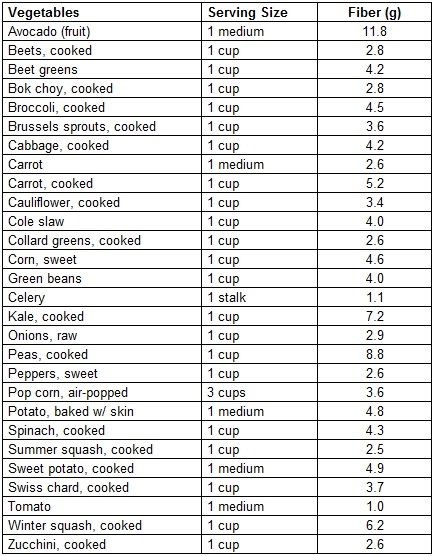Fiber: Does the body even better than we might have thought
Fiber is a bit like your childhood best friend: Not super new and exciting, but you know you’ll always have a deep love and respect for her.
Though fiber might not be as sexy and exciting as the latest superfood of the day, it has always been there to help the constipated among us get our relief. And by the way, it does so much more than just help us poo a little easier.
There’s new evidence—a study commissioned by the World Health Organization and published in the Journal The Lancet (https://www.thelancet.com/journals/lancet/article/PIIS0140-6736(18)31809-9/fulltext) that looked at 40 years of research—that says fiber might be even more important than we thought, just like that trusty old friend and sometimes annoying friend you have known since you were three.
But first, what exactly is fiber anyway?
It’s the roughage, or the part of the food that can’t be totally broken down by our digestive enzymes. It contains two components: soluble fiber, meaning it dissolves in water (it’s what makes us feel full) and insoluble fiber, meaning it doesn’t dissolve in water.
Some well known health benefits of fiber include a decrease risk of heart disease, high blood pressure, inflammation, Type 2 diabetes and colon cancer. Further, fiber is known to help you lose weight as it makes you feel full and ultimately stops you from eating too much.
Generally speaking, foods high in fiber tend to require more chewing, which helps maintain its structure in your gut to increase the feeling of feeling satiated, and also helps maintain proper lipid and blood glucose levels.
Back to the new research:
The goal of the study was to develop new guidelines in terms of how much fiber we should be eating. The conclusion: We should be eating at least 25 to 29 grams a day. This was discovered from looking at 185 observational studies and 58 clinical studies. According to current data, most people eat closer to just 15 grams of fiber a day.
The study also looked at fiber’s link to chronic diseases, as well as premature death because of these diseases, including heart disease, stroke, Type 2 diabetes, colon cancer, as well as other obesity-related cancers.
The result: Those who eat lots of fiber are 15 to 30 percent less likely to die early from cardiovascular disease compared to those who eat less. Further, a high-fiber diet was also found to be associated with a 16-24 percent lower risk of heart disease, stroke, Type 2 diabetes and colon cancer.
In light of this, let’s consider some good sources of fiber in the food we eat:
- Vegetables
- Fruit
- Whole grains
- Pulses/legumes (peas, beans, lentils and chickpeas)
What does 29 grams of fiber look like?
Well, if you’re an avocado lover, you’re in luck!
1 avocado has 11.8 grams of fiber. On the vegetable side, artichokes are king: 10 grams per medium artichoke.
Most fruits and vegetables are considerably lower than this, however. For example, apples, bananas and oranges all have around 3 to 4 grams of fiber and one cup of raspberries has 8 grams. As for vegetables, dark-colored vegetables tend to be higher in fiber, but so are carrots and beats. Swiss chard and collard greens have 4 grams per cup.
Here’s a more comprehensive list of fiber in various vegetables for your reference:

Fiber up, folks.







